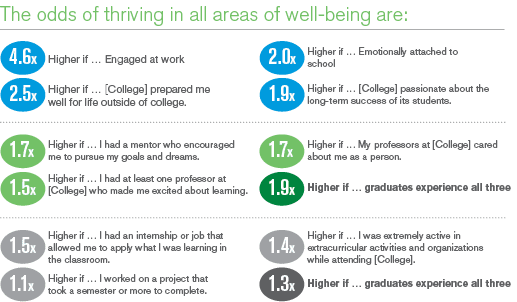Another Misguided MOOC

Last week, Arizona State University and edX announced a new program to offer freshman instruction online. Unless most MOOCs, these courses would offer graduation credits that students could use to continue at ASU or to transfer elsewhere. Although it questions the logistics, Walter Russell Mead’s blog argues that “this kind of experiment is promising, and shows how the mainstreaming of MOOCs could help lower costs.”
Lowering higher ed costs is an important goal, but MOOCification is the wrong way to go. The first reason, as Matt Reed points out, is that community colleges are already extremely cheap. ASU/edX would charge $200 per credit. Yet students can take similar courses at Maricopa Community College for just $84 per credit. Students in these courses would also have the benefit of “an actual instructor [to] provide actual guidance and feedback throughout the course.”
Supporters of the ASU plan might observe that students who enroll in four-year colleges are more likely to get a degree than those with similar SAT scores who start at two-year institutions. But getting a degree is not an end in itself. Even romantics like me think it ought to promote students’ intellectual, cultural, and yes, economic flourishing after graduation.
Thanks to a survey by Gallup and Purdue, we now have a pretty good idea what aspects of college students think helped them in there postgrad lives. Here are the summary results:
So what matters to students, basically, is having personal relationships with professors and participating in extracurricular activities. In other words: the very experiences that MOOCs can’t provide, even if they’re taught by superstar lecturers.
As far as costs go, there’s good news and bad news in these results. The good news is that students don’t need posh dorms, elaborate food, and luxurious gyms. Although we can’t get the money back for monuments of indulgence that have already been built, universities can safely cut back on facilities in the future. If they’re worried that they’ll have trouble attracting paying customers without a lazy river, they might try emphasizing their commitment to what “science shows” really matters.
The bad news is that instructors who aren’t too overworked and stressed out to do real teaching and mentoring don’t come cheap. No one becomes an academic to get rich. In order to do their jobs, however, they need decent compensation, some job security, and reasonable teaching loads and research expectations.
Yet these are the costs that administrators and disruption theorists reliably attack. Somehow, there’s always money for high-tech gimmicks and big wigs’ salaries… but not for the people who do the most important work. MOOCs may be useful in providing instruction in specific areas, particularly for adult students. But they’re a distraction from the real problem of higher ed: how to offer serious instruction in real subjects to more of the students who want them, and to figure out something else to do with those who don’t.
Samuel Goldman is assistant professor of political science at The George Washington University.

Comments